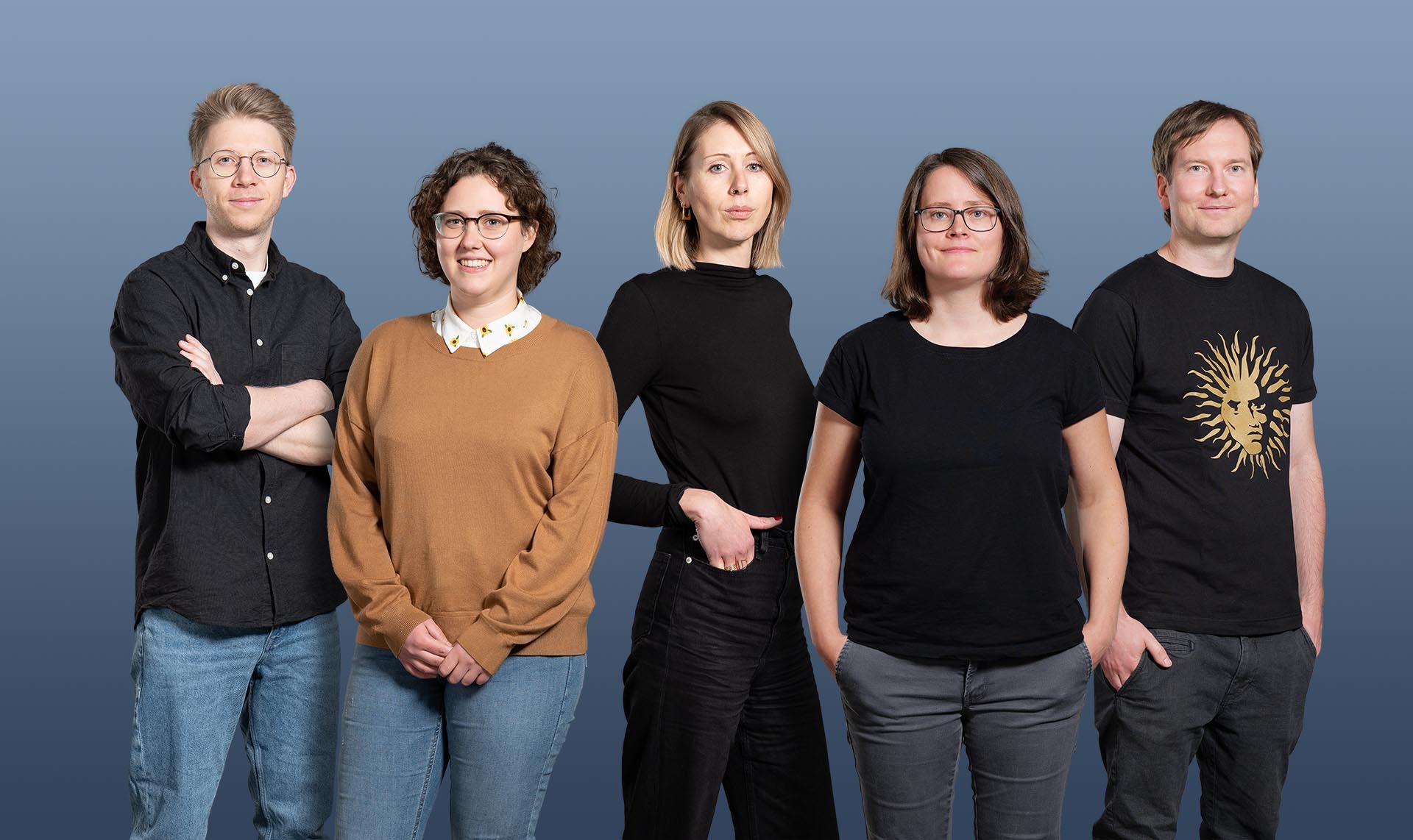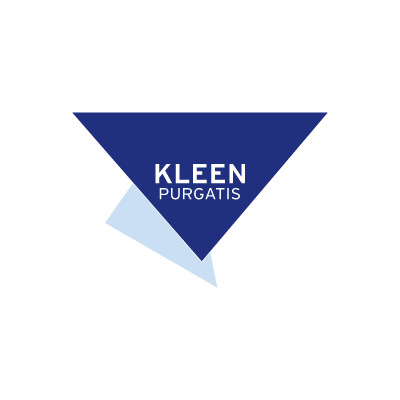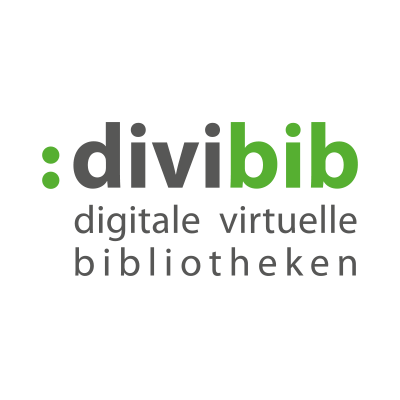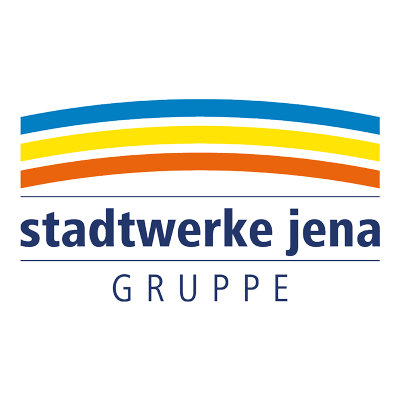
What Is User Research?
User research (UR) is about examining user behaviour with scientific methods to ensure a better user experience. The focus is on user interaction with products and services. With a thorough understanding of your target audience, you can develop products and services that truly appeal to users.
Researching User Needs
UR allows you to gather information directly from users and refine your product design accordingly.
Combining Methods Effectively
Observe and interview users to understand their behaviour, motivations and needs and boost your business success.
Creating Real Added Value
UR allows you to create tailor-made concepts and features in order to meet user needs as they evolve.
Benefits: Why You Need User Research
Set Yourself Apart from the Competition
Thanks to technical innovations such as low-code and no-code solutions, artificial intelligence as well as ready-made templates, it is easier than ever to place products and services on the digital market.
To stand out from the competition, you need to provide your target audience with real added value. When developing advanced applications and services, it is essential to focus on the needs and preferences of your target audience.
Well-planned UR helps you achieve this.
Avoid Undesirable Developments
UR enables you to identify risks and challenges at an early stage. Thanks to the data generated, you can gain in-depth insights and develop a better understanding of your target audience. Based on this understanding, you can come up with hypotheses about your products and services. The subsequent testing and validation of these hypotheses is carried out using product prototypes.
Since the testing process is based on data from actual users, it helps you avoid undesirable developments and ensure an optimised user experience. Not only does this contribute to reduced costs, but it also strengthens long-term customer loyalty – the key to lasting business success.
Facts and Figures
- Over 30% of users switch to another brand when faced with a poor user experience.
- More than 50% of users abandon their purchase if they have a poor user experience.
- 91% of dissatisfied users leave without giving feedback.
User Research: Project Approach
Every Project Is Unique
Companies have different goals and challenges. That is why we treat every project individually and tailor our approach to your specific needs to achieve the best possible results. Our team of UR experts develops a tailor-made strategy and puts together a mix of methods that fits your project. With the help of our flexible project approach, we ensure that we gather relevant data at the right time and with maximum efficiency.
Conventional Approach
UR projects typically start with an in-depth requirements elicitation. Based on existing knowledge, the project team analyses the initial situation and defines research objectives and questions. Building on this, the project team uses appropriate methods – selected from a wide range of qualitative and quantitative instruments. Together with you, our team of UR experts takes a close look at the results and arrives at statistically justifiable decisions. These are taken into account in product specifications and design and are evaluated in the context of the research questions. The conventional approach is particularly suitable for projects with a considerable time frame and budget, where the goal is to prevent subsequent changes.
Lean UX
In contrast to the conventional approach, Lean UX focuses on short and iterative cycles in research, design and development. Efficient methods form the basis for this. The idea is to be able to get started as quickly as possible – the project team initially works with hypotheses, for example, and does not validate them until much later. The iterative nature of Lean UX makes it an excellent option for agile teams. You can find out more about agile methods and agile coaching here.

Always the Right User Research Method for Your Project: A Selection
Empathy Mapping
Empathy mapping is a method that allows the project team to see things from the perspective of a prototypical customer. The project team draws up an overview (map) and captures the thoughts, feelings, needs, goals, motivations and challenges of prototypical customers. Empathy mapping helps you empathise with users and develop a better understanding of your target audience.
Customer and User Journey Mapping
Customer and user journey maps are used to visualise ways in which your target audience interacts with your products and services, making it possible to analyse the user experience from start to finish. All touchpoints along your target audience's journey are taken into account. The project team checks these touchpoints to identify optimisation potential.
Qualitative User Interviews
Qualitative interviews help you understand the motivations of your target audience. Why do they buy or consume certain products and services? What are their reasons for ruling out other options? Through qualitative interviews, the project team comes up with hypotheses that can then be tested using quantitative methods.
Usability Testing
As part of usability tests, the project team simulates real-world usage scenarios that involve actual users operating the future product (e.g. an app or website). The project team gains insights into how people use it and what problems or difficulties may arise.
How Often Should You Carry Out User Research Projects?
There is no universal answer to this question. Depending on the project approach, you should define specific milestones to regularly evaluate the progress of implementation.
Thanks to tailor-made methods, UR helps you iterate digital products in several stages. Trends and user expectations are constantly changing – with UR, you are ideally prepared for the future.
Benefit from User Research Projects with dotSource
Certified Expertise
Place your trust in highly qualified experts and enjoy the benefits of a digital agency with many years of experience and a wide-ranging project portfolio. As a UXQB Recognised Training Provider, we also train our own UR and user experience design specialists.
Tailor-Made Strategy
Work with us to develop UR strategies that not only appeal to users, but also keep your return on investment in mind. Thanks to our extensive expertise and agnostic approach, we reliably deliver the insights you need.
Central Orchestration
Implement your project efficiently. As a full-service agency, we orchestrate projects spanning multiple disciplines – far away from silo thinking and time-consuming handovers. Seize the opportunity to carry out several projects simultaneously.

Other Services in the Field of UX Design and Usability
FAQ – Frequently Asked Questions About User Research
Why is user research crucial in e-commerce?
User research (UR) creates the basis for an excellent user experience. Thanks to intelligent methods, you can gather valuable data and insights into your target audience. Only if you truly understand your target audience can you deliver tailor-made products and services, thereby boosting sales.
How does user research contribute to higher conversion rates?
UR helps you better understand the needs of your target audience. If you are aware of what your users need, you can break down barriers with regard to your products and services and ensure a positive user experience. This boosts conversion rates and strengthens customer loyalty.
Which user research methods are best suited to your project?
Methods such as usability tests, qualitative user interviews, empathy mapping and customer journey mapping are particularly effective. All these methods help you gain a deep understanding of your target audience and identify optimisation potential.
How long does a user research project take?
The duration of a UR project can vary greatly depending on several factors such as the project objective, the methods used and your company's level of data maturity.
Do you want to learn more? I'm looking forward to hearing from you!




